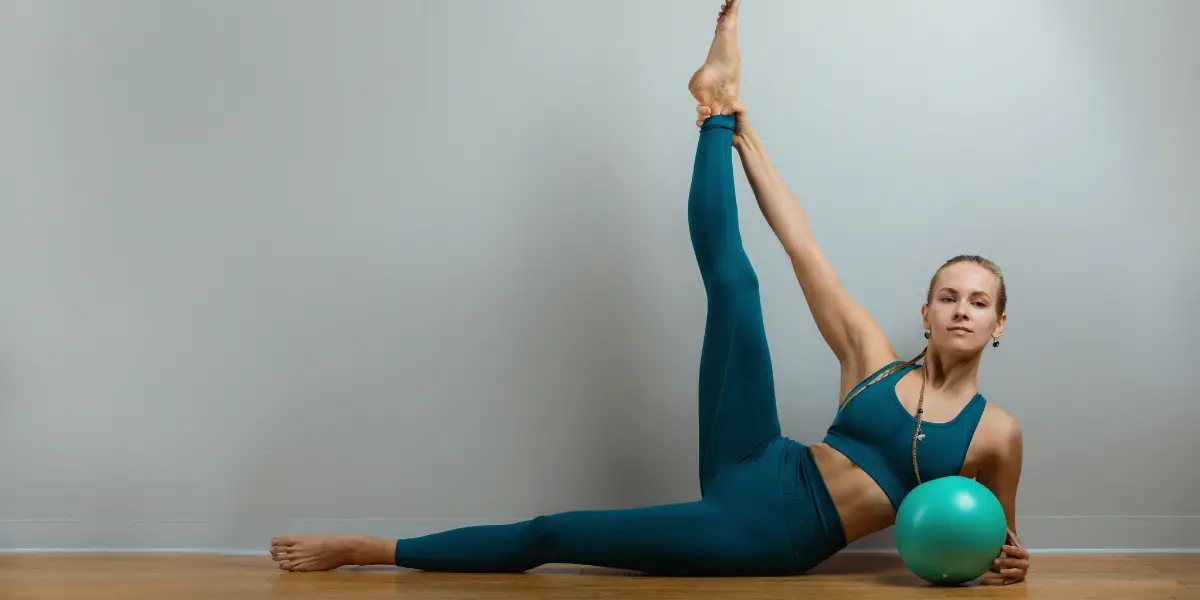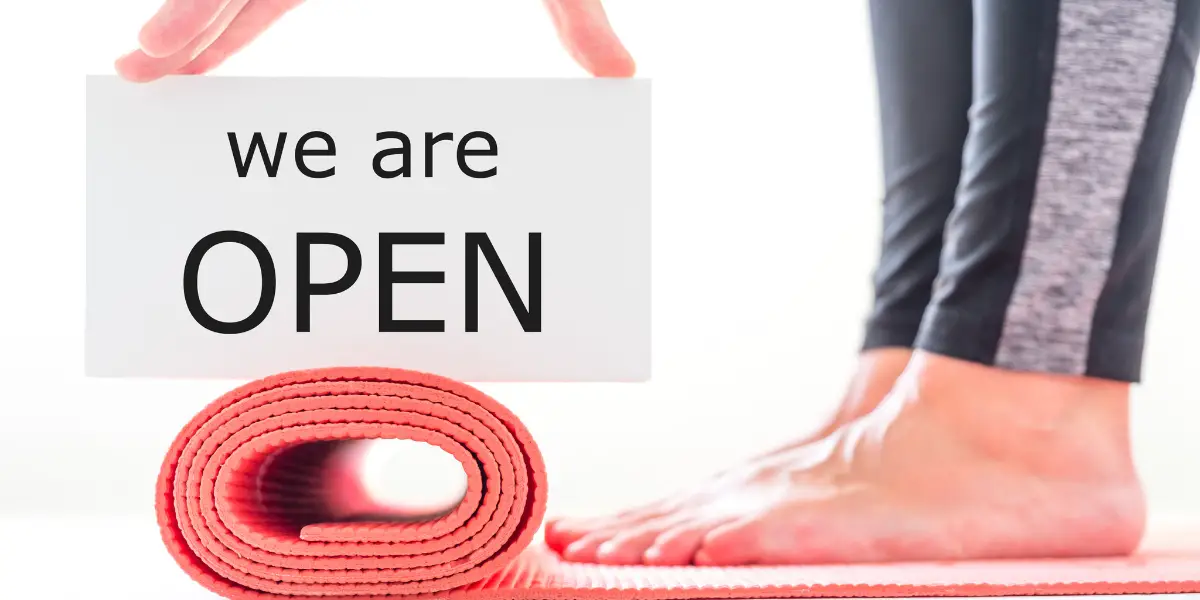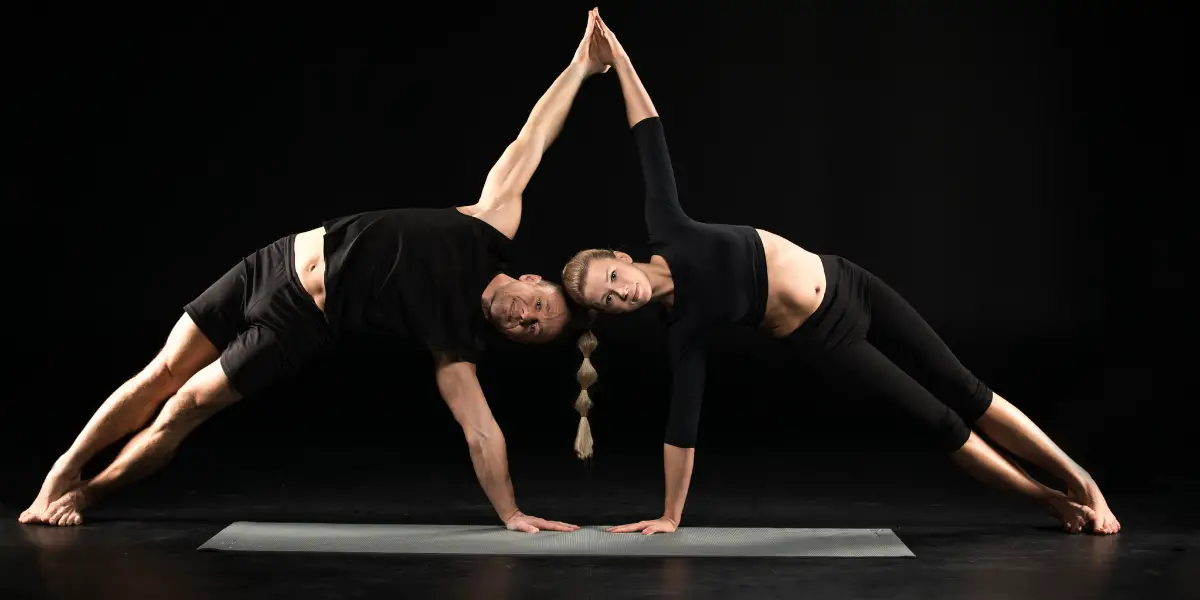While some may argue that Pilates seems too gentle to be effective, you’ll find it’s actually a powerhouse of a workout that targets your core, enhances flexibility, and boosts overall muscle endurance.
You’re stepping into a world where every movement is calculated to improve your body’s functionality and appearance. Pilates isn’t just another fitness trend; it’s a well-rounded approach to health that benefits both the mind and body.
As you explore further, you’ll uncover how it uniquely adapts to support not only the athletic but also individuals with specific health conditions, offering a compelling reason to consider its role in your fitness journey.
Key Takeaways
- Pilates enhances core stability, flexibility, and posture through deep muscle activation.
- It offers mental and holistic benefits, reducing stress and improving mind-body connection.
- Special populations, including those with chronic conditions, benefit from improved balance and cognitive function.
- Supports weight management and cardiovascular health by improving metabolic rate and cardiorespiratory fitness.
Effects of Pilates on Muscle Endurance, Flexibility, and Balance
Pilates significantly enhances muscle endurance, particularly in the abdominal region, increases hamstring flexibility, and bolsters upper-body strength, thereby improving overall balance and posture.
This form of strength training, by focusing on the core muscles, not only builds endurance but also lays the foundation for a stronger, more resilient body.
The flexibility benefits extend beyond mere physical agility; they contribute to a reduction in the risk of injuries, allowing you to engage in daily activities with greater ease and confidence.
Moreover, Pilates’ emphasis on controlled, precise movements fosters improved coordination. This, combined with enhanced stability, ensures that your body moves more efficiently, reducing the strain on your muscles and joints.
Such improvements in coordination and stability are pivotal in achieving a harmonious balance between muscle strength and flexibility, which is essential for maintaining optimal body function.
Central to Pilates is the development of a mind-body connection. This aspect encourages a heightened awareness of your body’s movements, alignment, and posture during exercise.
As you become more attuned to your body, you’ll notice a significant improvement in how you carry yourself, both in and out of the Pilates studio.
This holistic approach not only benefits your physical health but also nurtures a sense of belonging and connection to your body.
Pilates in Elderly Populations
As the population ages, research increasingly supports the role of Pilates in enhancing physical fitness, balance, and overall quality of life for elderly individuals.
This method, known for its low-impact exercises, not only addresses the physical aspects critical to this age group but also fosters cognitive benefits.
Studies have demonstrated that engaging in Pilates can lead to improvements in cognitive function, which is vital for maintaining independence and managing daily activities.
Moreover, the social aspects of Pilates shouldn’t be overlooked. Group sessions provide a sense of community and belonging, which is essential for psychological well-being in older adults.
This social interaction can be a motivating factor for long-term adherence to the program, ensuring that the benefits continue over time.
Pilates also plays a key role in promoting functional independence among the elderly. By improving muscle strength and flexibility, participants are better equipped to perform daily tasks, leading to a more active and autonomous lifestyle.
This enhancement in physical capability is crucial for maintaining quality of life and reducing the risk of falls, a common concern in this demographic.
Pilates for Specific Health Conditions
Research indicates that individuals with specific health conditions, including Multiple Sclerosis and Parkinson’s disease, can experience significant benefits from engaging in Pilates, such as improved balance and reduced fatigue.
This form of exercise not only offers a gentle approach to physical activity but also provides key therapeutic advantages. Pilates targets the core but its impact extends much further, influencing neurological health, motor skills, and even cognitive function.
- Neurological benefits: Pilates has shown promise in slowing disease progression in conditions like Multiple Sclerosis and Parkinson’s disease. Its focus on controlled movements can enhance neurological pathways, leading to improved motor skills.
- Pain management: Many individuals suffering from chronic conditions find Pilates helpful in managing pain levels. Through strengthening and stretching exercises, it can alleviate discomfort associated with physical ailments.
- Cognitive function: Engaging in Pilates requires concentration and mental coordination, which can bolster cognitive function over time. This aspect is particularly beneficial for those dealing with neurological conditions, as it can contribute to enhanced focus and mental clarity.
Pilates, therefore, stands out as a complementary therapy that can make a meaningful difference in managing specific health conditions, offering a path toward improved well-being and quality of life.
Pilates for Weight Management and Cardiorespiratory Fitness
While often overlooked in favour of more traditional aerobic exercises, Pilates has shown to be effective in managing weight and enhancing cardiorespiratory fitness for overweight or obese individuals.
It’s not just about the movements but how they interact with your body’s natural functions. Pilates and metabolism have a unique relationship; the exercise’s focus on precision and control helps optimize your metabolic rate, potentially leading to more effective weight management.
Moreover, when considering Pilates and calorie burn, it’s crucial to understand that while Pilates may not always match the calorie burn of high-intensity workouts, it still contributes significantly to your overall energy expenditure. This, coupled with its beneficial effects on muscle tone, can aid in long-term weight loss goals.
Pilates also plays a vital role in promoting heart health. The controlled breathing and movements improve circulation and increase endurance, thereby enhancing your cardiorespiratory capacity. This means you’re not just losing weight but also building a stronger, more resilient heart.
Pilates and Core Stability
Understanding the role of Pilates in enhancing core stability requires examining how targeted exercises activate trunk muscles differently in individuals with varying levels of Pilates experience.
You’ll find that Pilates isn’t just another trend; it’s a methodical approach to improving your body’s core foundation.
Through precise movement patterns and focused breathing, Pilates exercises engage your core muscles, leading to improved postural control and movement efficiency.
This isn’t just about getting stronger; it’s about retraining your body to move more effectively and efficiently.
Key aspects of Pilates that contribute to enhanced core stability include:
- Muscle activation: Pilates requires the activation of deep core muscles, which supports better posture and reduces the risk of injury.
- Neuromuscular coordination: Regular practice improves the coordination between your muscles and nervous system, enhancing your ability to perform complex movements with greater ease.
- Performance enhancement: By focusing on the quality of movement over quantity, Pilates helps increase your movement efficiency, leading to improved performance in daily activities and other sports.
In essence, whether you’re a seasoned athlete or just starting your fitness journey, Pilates offers a structured path to achieving superior core stability, which is foundational for optimal physical health and performance enhancement.
Pilates for All
Building on the foundation of core stability enhanced by Pilates, it’s crucial to examine how these benefits extend across different demographics and health scenarios, ensuring a comprehensive understanding of its impact on physical health.
Pilates benefits numerous individuals by improving flexibility, muscle tone, and promoting injury prevention. However, its effectiveness can vary, highlighting the importance of recognizing its limitations within different population groups and health conditions.
Pilates plays a significant role in injury prevention by strengthening the body’s core and improving balance.
This proactive approach reduces the likelihood of falls and sports-related injuries, making it a valuable practice for athletes focused on enhancing their sports performance.
Furthermore, Pilates’ emphasis on postural alignment aids in correcting and preventing the negative impacts of sedentary lifestyles, contributing to better overall physical health.
The mental health benefits of Pilates, such as stress reduction and enhanced mind-body connection, underscore its holistic impact. Engaging in Pilates provides a mental break from daily stressors, promoting mental clarity and emotional stability.
Frequently Asked Questions
Does Pilates Really Change Your Body?
Yes, Pilates really changes your body by debunking myths around it. It focuses on core strength, improves flexibility, corrects posture, and fosters a mental wellness connection, making you feel part of a health-conscious community.
What Does Pilates Do to the Body?
Pilates sculpts your body like clay, focusing on muscle toning, flexibility improvement, and core strengthening. It corrects your posture and reduces stress, making you part of a community seeking health and balance through mindful exercise.
How Long Does It Take to See Results From Pilates?
You’ll start noticing results from Pilates within 10-20 sessions, focusing on consistency, goal setting, and motivation factors. Strength milestones and flexibility improvements highlight your progress, fostering a sense of belonging in your fitness journey.
What Are the Side Effects of Pilates?
You might experience muscle soreness, joint stress, increased fatigue, breathing difficulty, or balance issues as side effects of Pilates. These are typically temporary and can be mitigated with proper form and guidance from a qualified instructor.
Final Thoughts
As you embark on the Pilates journey, think of your body as a resilient tree, with its roots (your core) growing stronger, branches (limbs) reaching further, and leaves (your overall health) flourishing more vibrantly with each session.
The evidence is clear: Pilates enhances muscle endurance, flexibility, and balance, offering significant benefits across ages and conditions. It’s a beacon for weight management and boosts cardiorespiratory health, all while fortifying the mind-body connection.
Embrace Pilates, and witness your well-being transform.
Sources
https://consensus.app/papers/pilates-improvement-muscle-endurance-flexibility-kloubec/b3ad2fbe0bba5d7cb3c460197f4d12bb/
https://consensus.app/papers/effects-pilates-exercise-training-fitness-wellbeing-bullo/79b05c1a76c4535b8c42e5cd13fd8b09/
https://consensus.app/papers/effects-pilates-fitness-older-adults-review-cancela/f9f8652361a45e3aa1e86757ff1983a8/
https://consensus.app/papers/effects-pilates-reformer-pilates-patients-sclerosis-bulguroglu/f795e18ca775542c8b7cb6740fa7a298/
https://consensus.app/papers/benefits-pilates-parkinson-disease-systematic-review-su%C3%A1reziglesias/32ad1173b5ae59b1ae5f0e17dc39c81c/
https://consensus.app/papers/efficacy-pilates-incontinence-korean-women-metabolomics-kang/eee2bce4cf1d50fa9c54a01d761e1e50/
https://consensus.app/papers/pilates-diseases-review-effects-miranda/9ff9dc53128f5dffa5d45ff109b8a5a0/
https://consensus.app/papers/effects-pilates-training-cardiorespiratory-fitness-rayes/72b56275a345503e931938ee241d4def/
https://consensus.app/papers/impact-pilates-exercise-multiple-sclerosis-randomized-duff/eb6fd7fe80eb576999bd69d719be6aa7/
https://consensus.app/papers/relationship-trunk-muscle-activation-core-stability-lee/13a69929d12a5340b91e1006f4f0f15f/
https://www.healthline.com/nutrition/pilates-benefits
https://www.houstonmethodist.org/blog/articles/2022/feb/5-benefits-of-pilates-that-might-convince-you-to-add-it-to-your-workout-regimen/
https://www.ncbi.nlm.nih.gov/pmc/articles/PMC3666467/
https://www.nytimes.com/2022/07/22/well/move/pilates-exercise-flexibility.html




